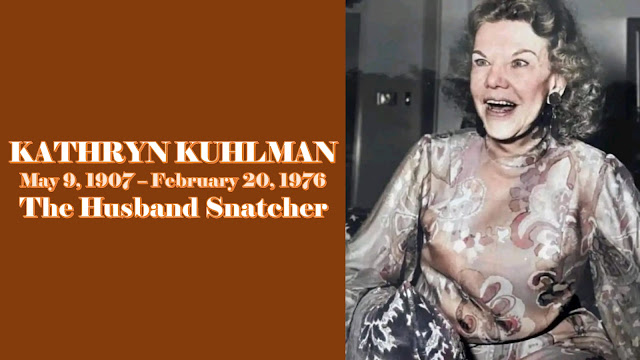NIGERIA HOUSES OF HORROR (PART IV)
By Akin Ojumu
After the slight detour, we now return to our deliberation on the houses of horror, erroneously called Churches, in Nigeria. In today’s commentary, the category of Churches under discussion are those I’d call the “Buying and Selling Churches.”
Often attributed to the Spanish-American philosopher, essayist, poet, and novelist, George Santayana, the aphorism, “Those who cannot remember the past are condemned to repeat it” is a popular saying many of us use today. It aptly applies to the modern-day Church.
A lot of the problems confronting Christianity today can be attributed to the profound amnesia of modern-day Christians. Because the Church has forgotten its history, the Body of Christ is repeating the tragic mistakes of the past.
What do I mean by that?
Well, I mean Jan Hus.
If you are wondering who or what in the world is Jan Hus, you’ve proven my point. The fact that you’ve never heard the name Jan Hus until just now is indicative of the affliction of memory loss that has befallen the Body of Christ.
If you don’t know who Jan Hus is, you should, at least, be familiar with the name Martin Luther. And by Martin Luther, I’m referring to the 16th century German monk who became the father of the Reformation and Protestant Christianity and not to the 20th century Martin Luther King Jr, the famous American Baptist minister, who fought against racial segregation.
Here’s the thing. A full century before Martin Luther nailed his 95 disputations on the door of the Schlosskirche (Castle Church) in Wittenberg, on October 31, 1517, to set off the chain reaction that culminated in the Protestant Reformation, Jan Hus had already been burned at the stake as a heretic for the instigating a rebellion against the Roman Catholic Church and the Holy Roman Empire for the very same reason.
Born in 1370 in Bohemia (located in modern-day Czech Republic), Jan Hus was a devout Catholic priest who dedicated himself to a personal study and understanding of Scripture. As it’s always the case, the more Jan Hus studied the Bible, the more increasingly disillusioned he became with the teachings and practices of the Church.
As he went deeper in his Bible study, a scale seemed to gradually fall off his eyes. This righteous man began to notice the vast discrepancy between what the Bible teaches and what the Roman Catholic Church practiced. By simply devoting himself to a diligent study of the Word of God, Jan Hus got growingly troubled that many of the things he had been taught and a lot of what he had known about doctrines and beliefs were in total divergence from the Bible.
One of the elements of the practices of the Church that Jan Hus found most offensive and in direct conflict with what the Bible teaches was the sale of indulgences for the remission of sins.
For the benefit of those who may not know, the sale of indulgences was a practice in the Catholic Church during the Middle Ages where people could purchase certificates, known as “Letters of Indulgence,” to reduce the punishment they would receive from God for their sins. The certificates were believed to absolve people of past sins and shorten the time they would spend in purgatory after death, with the amount of time spent in purgatory decreasing in proportion to the amount paid.
As far back as the early Middle Ages, the practice of indulgences had already witnessed widespread abuse by the powerful men in the Church. Indulgences became a reliable cash-cow of a money-making scheme for the Church establishment. So rotten had the practice of indulgences become that devout priests like Jan Hus and Martin Luther felt scandalized by the practice. When they couldn’t stand the hideous stench anymore, they felt compelled to rise in rebellion against everything they had known and believed all their lives?
Next time, we’ll introduce you to a man by the name Johann Tetzel, a 16th century Dominican monk who embodied the rottenness that characterized the practice of selling indulgences in the Middle Ages.



Comments
Post a Comment